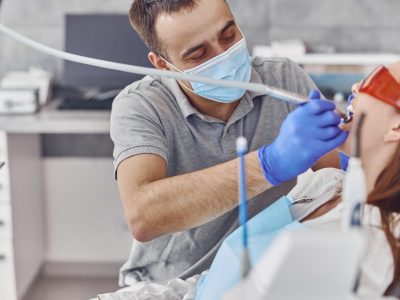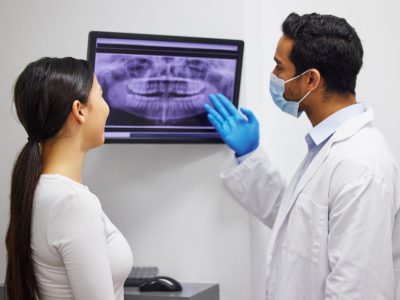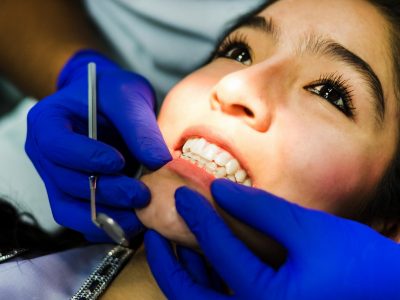A children's dentist is a dentist who specializes in treating children.
What to Expect From a Braces Dentist
teeth
Your teeth will probably be covered in rubber bands, also known as elastics, that help move your teeth and jaws.
fitted
You may also be fitted with a temporary anchorage device, which is a tiny screw fixed to the bone in your mouth and serves as a set point for moving your teeth.
Your Braces
You may not be sure exactly what to expect from your braces dentist appointment. A dentist has to graduate from a four-year dental school to be able to provide this type of treatment.
Brackets
These braces typically consist of metal brackets, wires, and elastics that slowly straighten your teeth.
weeks
Every few weeks, your dentist will tighten or adjust the wires to make your teeth position straighter.
straightening
In addition to straightening your teeth, orthodontic treatment can help prevent a number of dental complications.
Orthodontic Treatment

Traditional
Traditional braces are a common treatment for crooked teeth and other dental issues. The goal of traditional braces is to create a straighter smile that is both beautiful and healthy.

Patients
Patients with mild to moderate dental problems may benefit from Invisalign braces. However, more complex cases may not be eligible for Invisalign braces.

Invisalign
Invisalign patients also appreciate the convenience of removable, transparent aligners. Traditional braces, on the other hand, require you to wear metal wires and brackets to straighten your teeth.

New Positions
Your teeth need time to move into their new positions, so the treatment time will vary from patient to patient.
Traditional Braces
Traditional braces use brackets, archwires, and bands to move teeth. They need frequent dental visits to adjust the wire and brackets, and they can be uncomfortable. Self-ligating braces, on the other hand, use clips instead of rubber bands. This method of teeth-straightening is more convenient and comfortable for patients. However, patients who choose self-ligating braces can reduce treatment time by up to six months.
Self-Ligating Braces
If you’re considering self-ligating braces, you should know that your dental insurance may cover the cost of the treatment. Some dental insurance companies will pay up to half of the cost of self-ligating braces. Many policies consider them to be a cosmetic procedure, and some will only cover them if they’re medically necessary. Another option is to see if your employer offers an employee savings plan for dental treatment. In addition, you may be required to wear rubber bands while wearing these braces.

